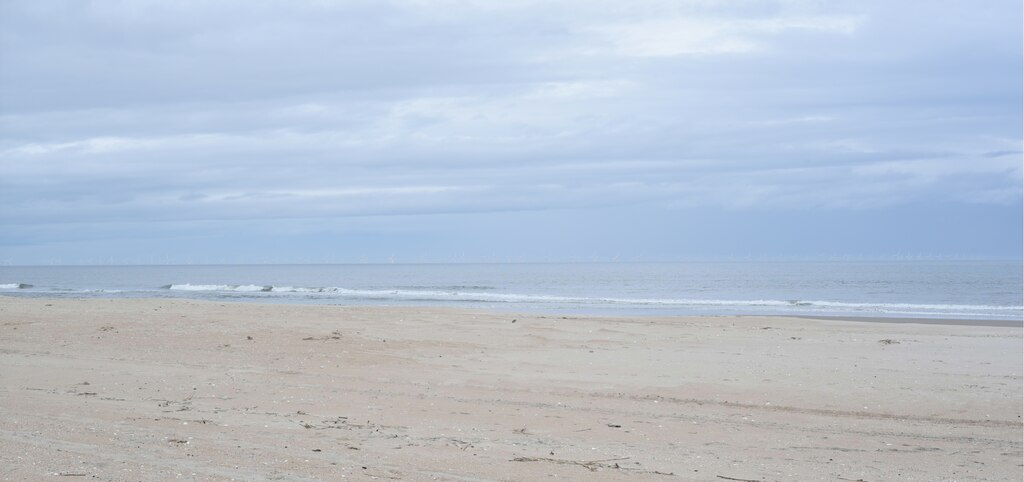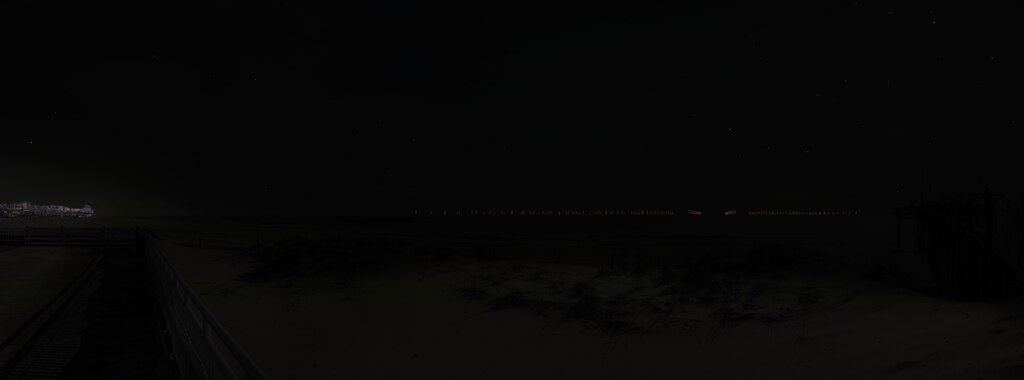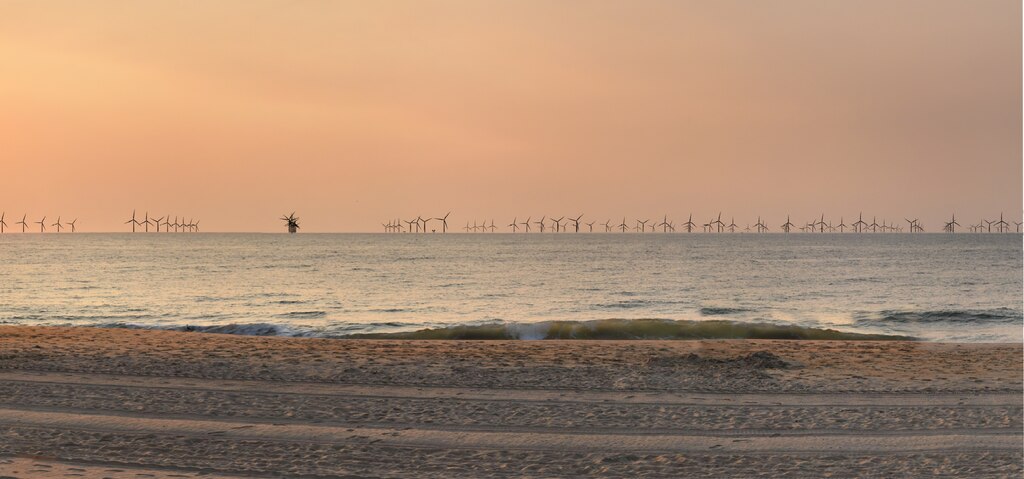Offshore wind could be coming to Maryland. Federal officials on Thursday approved the Maryland Offshore Wind Project. As planned, the project can build up to 114 offshore wind turbines about 10 miles off the coast and power over 718,000 homes on the Delmarva Peninsula, according to the Department of the Interior.
The CEO of US Wind, the company behind the turbines, said in a statement the company is “eager to advance Maryland’s offshore wind goals and support good jobs in the region for decades to come.”
Officials from the Town of Ocean City — where the offshore wind farm would be visible from — have long opposed the project. The resort town’s “natural viewshed is in danger of being destroyed and lost forever” if the offshore wind farm is constructed as proposed, Ocean City says on its website.
In an emailed statement, Ocean City Mayor Rick Meehan said the town was “extremely disappointed” in the federal approval. He criticized the decision and said requests to move the wind farm farther east were ignored.
The Baltimore Banner thanks its sponsors. Become one.
“The last thing we want to do is to go to court but we are prepared to do so if necessary to make sure that all environmental protection laws are complied with and that the safety and well-being or all our citizens are respected,” Meehan wrote.
But what would the wind turbines, which are hundreds of feet tall, look like from shore? The Bureau of Ocean Energy Management has published multiple renderings to answer that very question.
The best way to understand the simulations is to take a look at each of them and consider the different times of day and how different conditions affect the view. We’ve provided a link below to some of the simulated views. A full list of simulated views can be found here.
From Assateague Island National Seashore
Looking northeast in the morning, just before 9 a.m., the simulated turbines are just barely visible on the horizon. They’re clustered together, and do not spread up and down the entire coast. The individual blades are visible, but hard to make out.

The conditions are similar in the middle of the day. As the day draws on, and the sun dips lower in the west, the turbines become more visible. The turbines, though not tall on the horizon, are clearly visible and bright white in the simulation. It is easy to see the individual turbine blades.
The Baltimore Banner thanks its sponsors. Become one.
From the Ocean City Pier
Looking basically due east, the turbines are fairly visible in the morning and midday. In the late afternoon, they become brighter and easier to see as the sun sets in the west. They appear taller on the horizon here than they do from Assateague.

At night, the simulation shows the lighted turbines compared to the lights coming from Ocean City. The white light from the city appears brighter than the red lights on the turbines.
From the 84th Street beach
During the middle of the day simulation, again looking east, the wind turbines are visible as smudges on the horizon. They appear less visible and less vibrant than beach umbrellas and tourists on the beach.

Early in the morning and later in the evening, the turbines are more vibrant and visible. A morning simulation shows them visible in stark, shadowed contrast against the colors of the sunrise. The turbines do not extend across the entire horizon.
There is also a video that shows what the turbines could look like on a typical day from the 84th Street beach. In the simulation, the turbines are visible on the horizon, especially in the early morning and the evening.
The Baltimore Banner thanks its sponsors. Become one.
During the middle of the day, because of changing lighting and atmospheric conditions, the turbines become much less visible and blurry.
At multiple points in the simulation video, one of the large boats that travels up and down the Ocean City beach with advertising displays can be seen, and the wind turbines behind them are entirely blocked.
At night, the simulation video shows red warning lights on the top of the turbines which are clearly visible from shore. Those lights are to warn low-flying aircraft.
US Wind says it will use an aircraft-detecting technology that means the lights will only activate when a low-flying aircraft is detected, and that the top lights should be off 99% of the time — for less than 6 hours per year.
The turbines will have lights at the bottom, too, for boat safety, but those lights are not visible from shore.
A recently completed environmental review showed the construction and operation of the offshore wind farm would have only a few “major” impacts, including changing the viewscape.





Comments
Welcome to The Banner's subscriber-only commenting community. Please review our community guidelines.